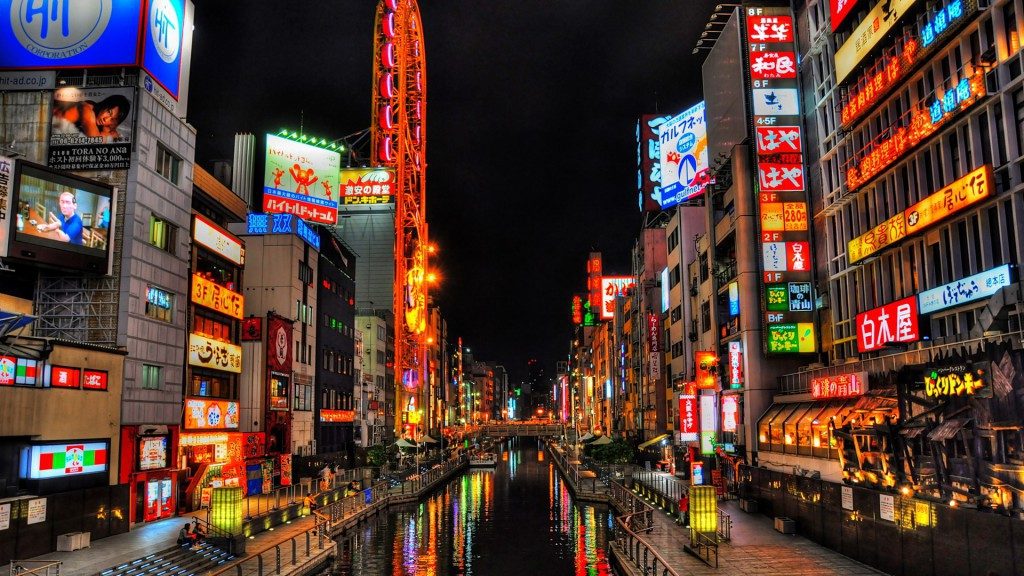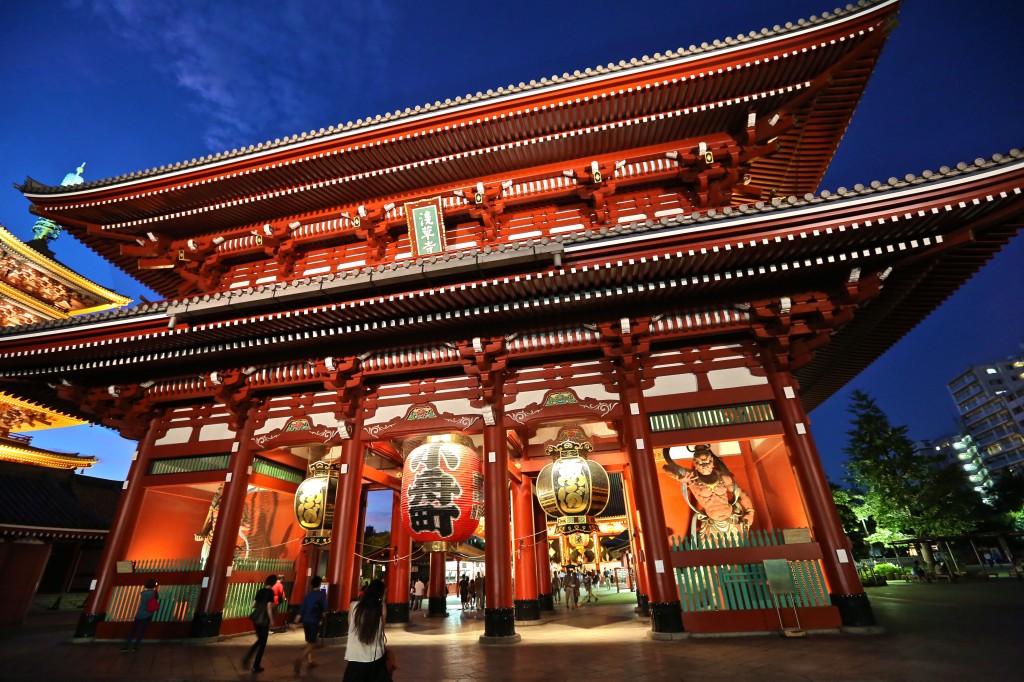What with the summer rolling around, many people are looking to travel in order to beat the heat, while some prefer sandy beaches with the cool temperature, others like to stay in the middle of the urban jungle. For the latter, Japan seems like an exciting option. It is where the best of technology meets the best of art and culture. Japanese culture is known for its intricacies and for a stranger in a foreign land, it may seem impenetrable. So, we’ve devised a list of what to do and what to avoid:
1. Eating and drinking [Slurp away, don’t stick a fork in it]
The most common aspect of Japanese culture is eating with chopsticks, and like with the western fork and knife, there are plenty of do’s and don’ts. The biggest mistake people make with chopsticks is spearing food with them. It may seem like an easy way to get around the impossibly difficult task (not really though) of using chopsticks, but remember: they are not forks. Especially do not make the mistake of sticking chopsticks into rice, as this is done at funerals.
Another funeral tradition that should not be mirrored in a home environment is the passing of objects from one set of chopsticks to another. These aren’t the only rules of eating that govern Japanese life – here’s a fun bit of information: it is seen as a sign of enjoyment to slurp your noodles. Quite the opposite of western culture where slurping is considered rude, in Japan, it is the equivalent of congratulating a cook on a job well done.
2. Visiting friends? Put a slipper on it.
If you’re visiting friends in Japan, it can pay off to know a little bit of what’s going on. The first thing to do when entering someone’s house is to take off your outdoor shoes and put on the provided house slippers (it is worth noting that there are specific slippers for the bathroom.) Remember to take off those slippers when entering a room with a tatami floor (a floor lined with straw mats) as to protect these mats from damage.
3. Meet & Greet: Bow down
Many of you may have seen or heard of bowing in Japan. It is true that it a customary to bow in respect or greeting. Foreigners may be let off with just a simple nod, but it should be known that a long 90 degree bow shows respect and a mere head nod is extremely casual and informal and should not be given to those with authority. Bows are also commonly used to express thanks, apologise, and ask something of someone. Meanwhile, shaking hands is extremely uncommon, but again, is given leeway when it comes to foreigners.
Learning tidbits of their language will no doubt help improve our relationships with the Japanese, and once again, I’ve come to the rescue. A conversation/greeting will generally start will “konichi wa” or “hello.” In the evening, you would say, “konban wa” meaning “Good evening,” and in the morning you would usually say, “ohayo gozaimasu,” meaning “good morning,” although you can simply say “ohayo,” if talking to someone younger than yourself. [AUTHOR’S NOTE: this is stolen from wiki how, and it’s so simply phrased that I can’t figure out how to edit it.]
Japan is a wonderful place to visit, and if you keep these simple rules in mind, you’ll be one of the locals in no time. Also, Japan has an abundance of Pokemon merchandise, so if you are going please bring some back for me












